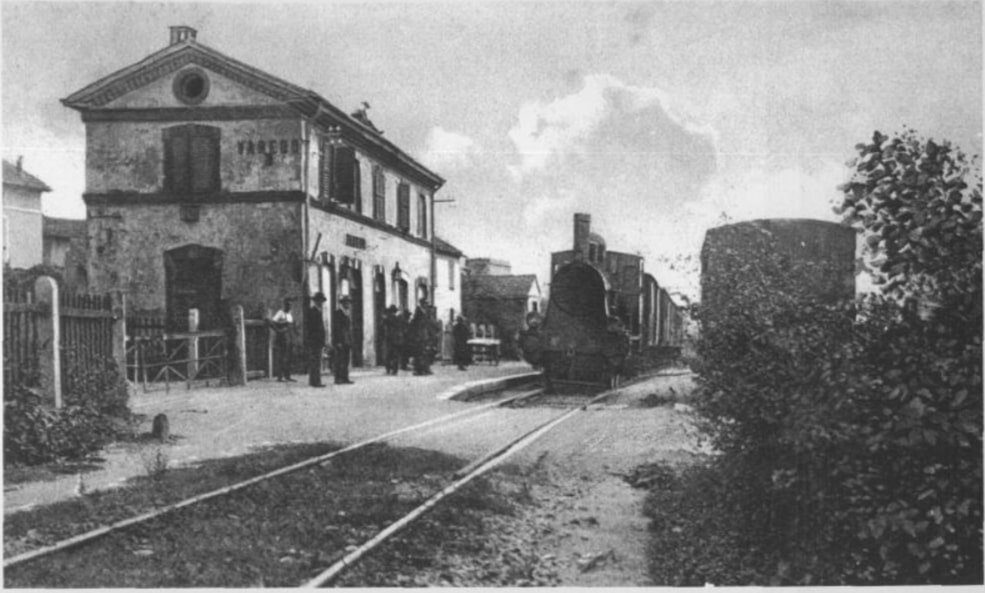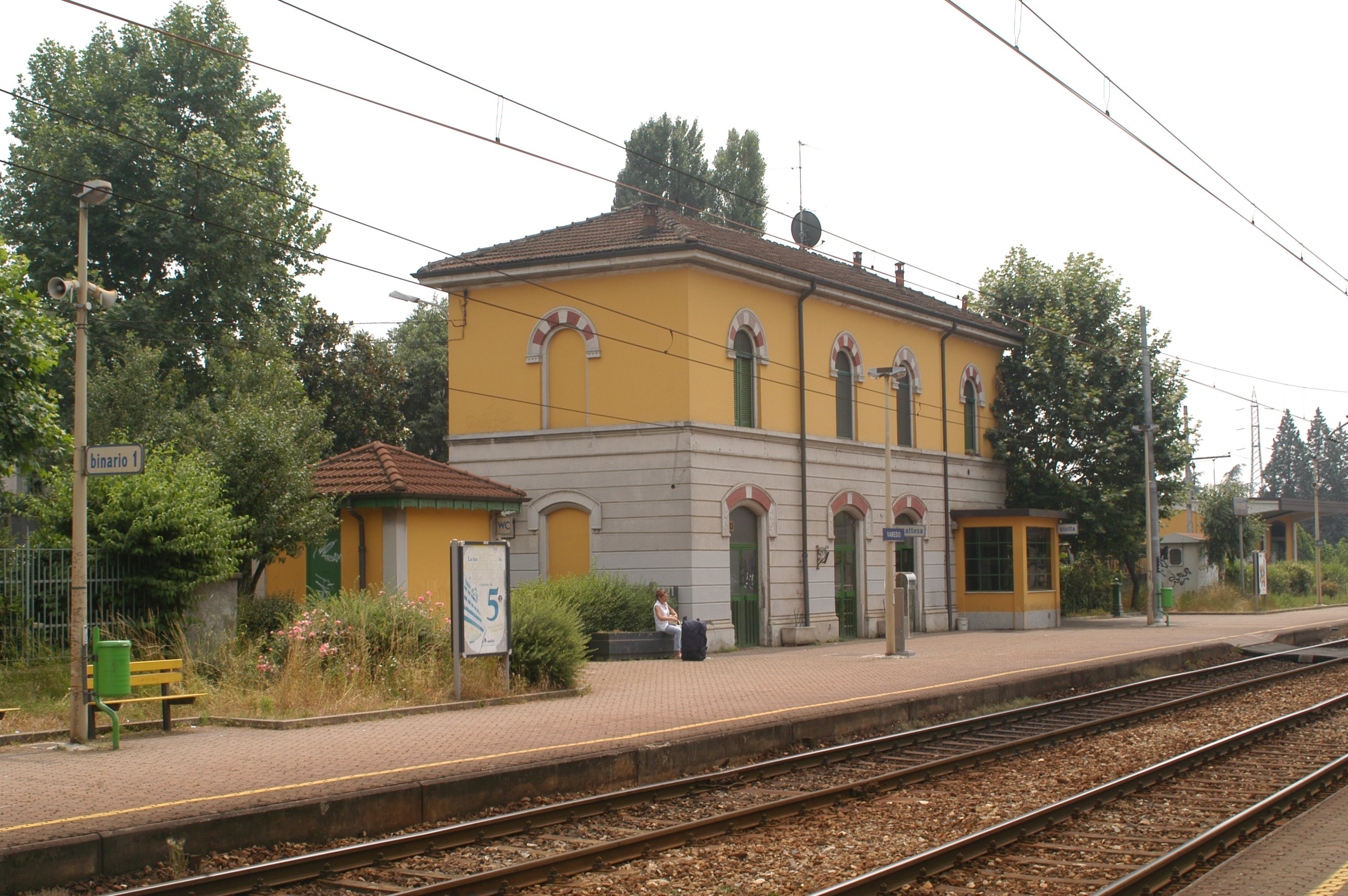Varedo


"Here, where this village of kind and civil ways stands, the snows held their empire of whiteness'', as Antonio Stoppani said of Varedo, while Cesare Cantù, patriot, politician and historian of the Risorgimento, described Varedo and its surroundings as follows: “Healthy air, flat land, scattered with fair hills, fruitful with mulberries, fodder, wine and wheat of the finest quality, the population in general is agricultural and only a small portion engages in commerce”.
From the early 1950s Varedo, like the rest of the Milanese hinterland, experienced a period of heavy industrialisation. This was followed by a wave of immigration, particularly from the Veneto region and the south of Italy, which significantly increased the population.
Gallery

Aerial view of the area occupied by the former SNIA. The railway route running parallel is clearly visible 
Villa Bagatti Valsecchi (600 m from the station): built in 1878 on an existing 18th-century farmhouse, the main body of which was preserved, and to which two wings and another floor were added. Villa Bagatti Valsecchi is surrounded by a large, beautiful park in an eclectic style, featuring a long, tree-lined avenue. The park contains a section of the wall of the Milan Lazzaretto, one of the few surviving fragments. Today the villa hosts events, exhibitions and concerts. 
Passing train. The previous central track, now removed, can still be seen. The passenger building was rebuilt, as at Palazzolo, in the early 1920s, at the same time as the opening of the Erba-Asso line.